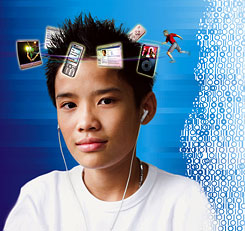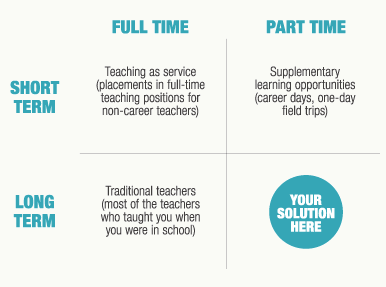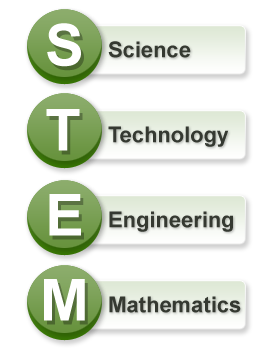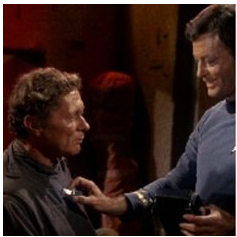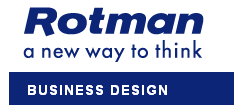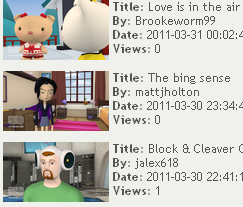Wanted: Alternatives to Bureaucratic Control
Saturday, October 15th, 2011 As organizations grow large, power is centralized and swarms of manager devote their mental energies to monitoring, command and control. Policy and compliance begins to crowd out creativity and passion in a legitimate effort to manage complexity and improve productivity. Bureaucratic control has its purpose but it grinds against how our minds naturally work.
As organizations grow large, power is centralized and swarms of manager devote their mental energies to monitoring, command and control. Policy and compliance begins to crowd out creativity and passion in a legitimate effort to manage complexity and improve productivity. Bureaucratic control has its purpose but it grinds against how our minds naturally work.
Is it the best we can do in the 21st century? Is there a way to manage complexity and scale and still harness the passion and creative mental energies of employees? Is there a way to manage without the traditional manager and keep your organization open, sense-and-respond style to the marketplace?
This is the call to action in The Beyond Bureaucracy Challenge on the Management Innovation Exchange. As of this post there are 63 days remaining and only 11 entries. You can enter an example of an existing organization that is operating beyond bureaucratic control or post a disruptive idea on how to get there.
Stepping beyond bureaucratic control (if you believe it is possible, timely and relevant) is a cognitive organizational design problem that readers of this blog should be well suited to address.
I hope you go after it!


